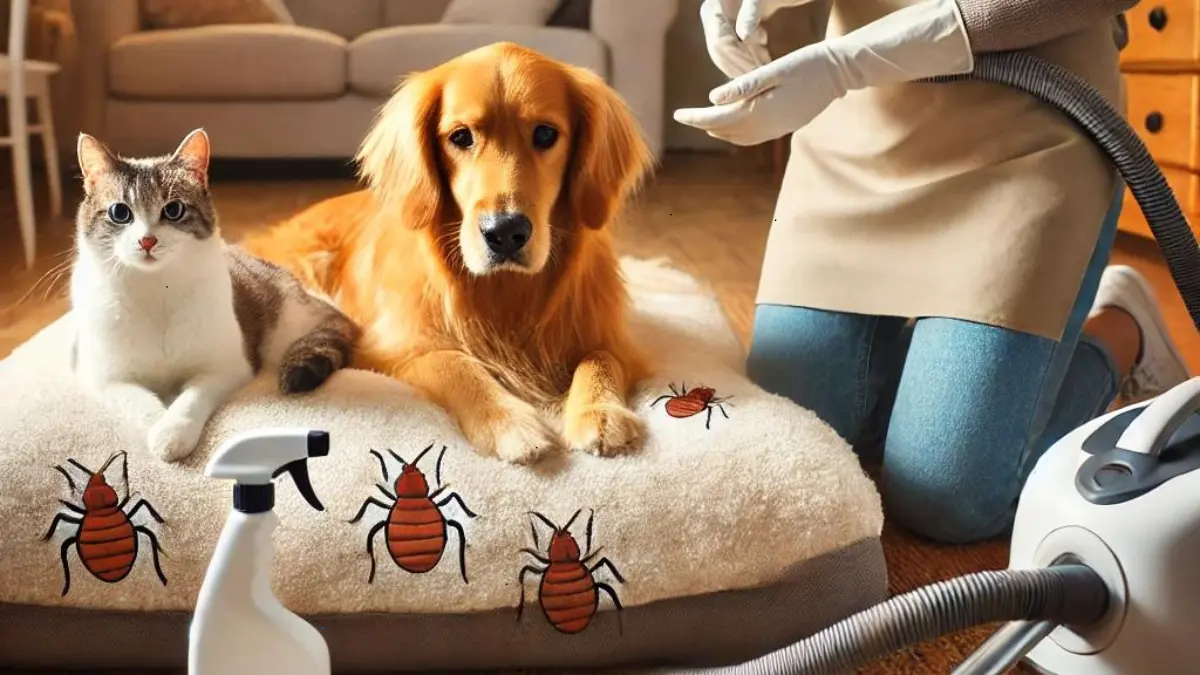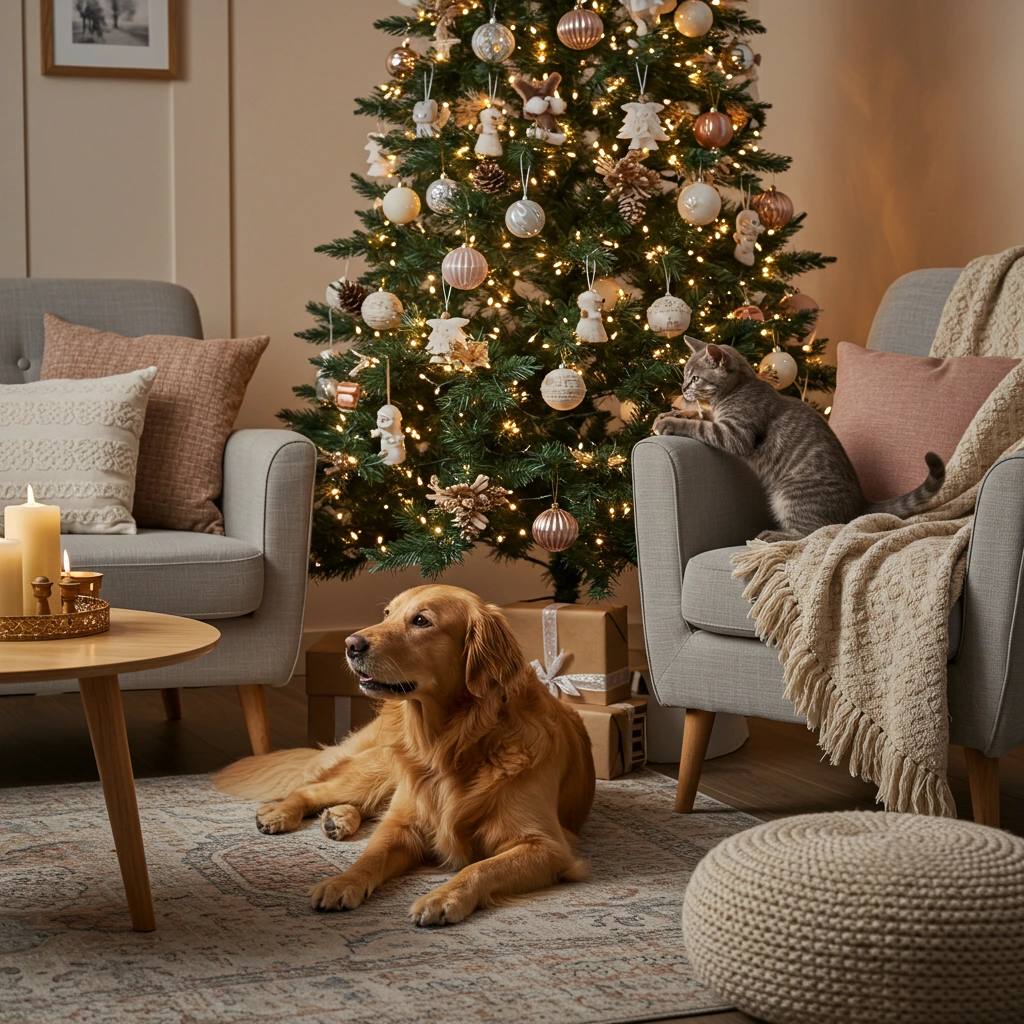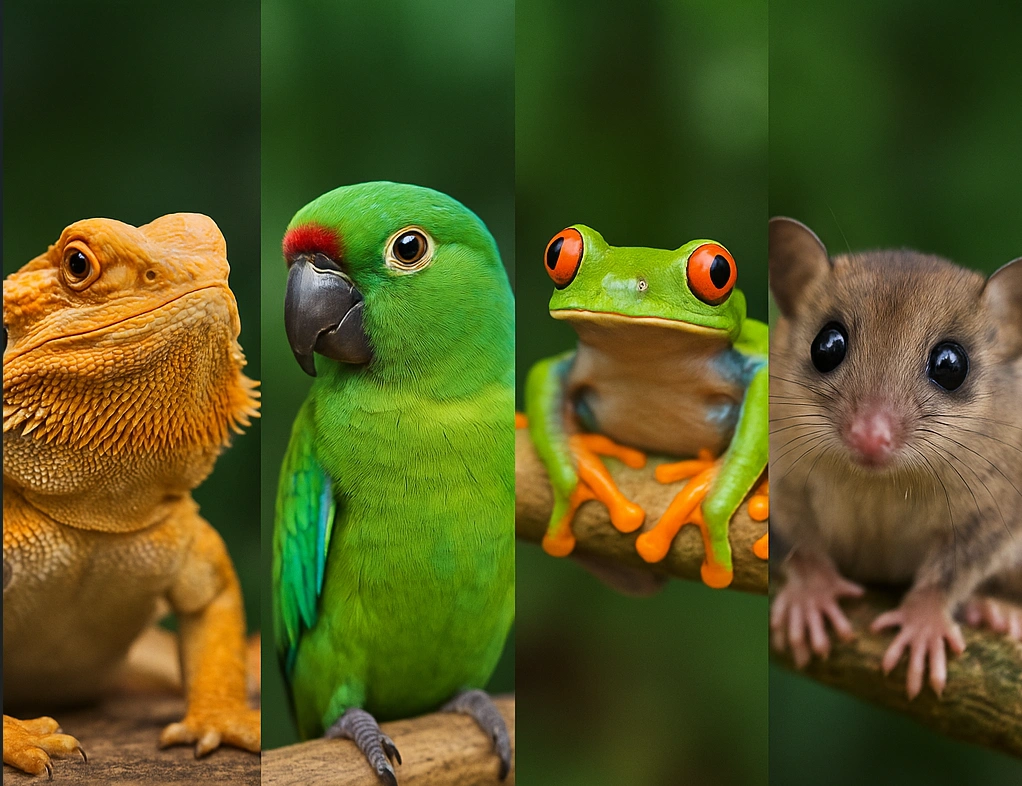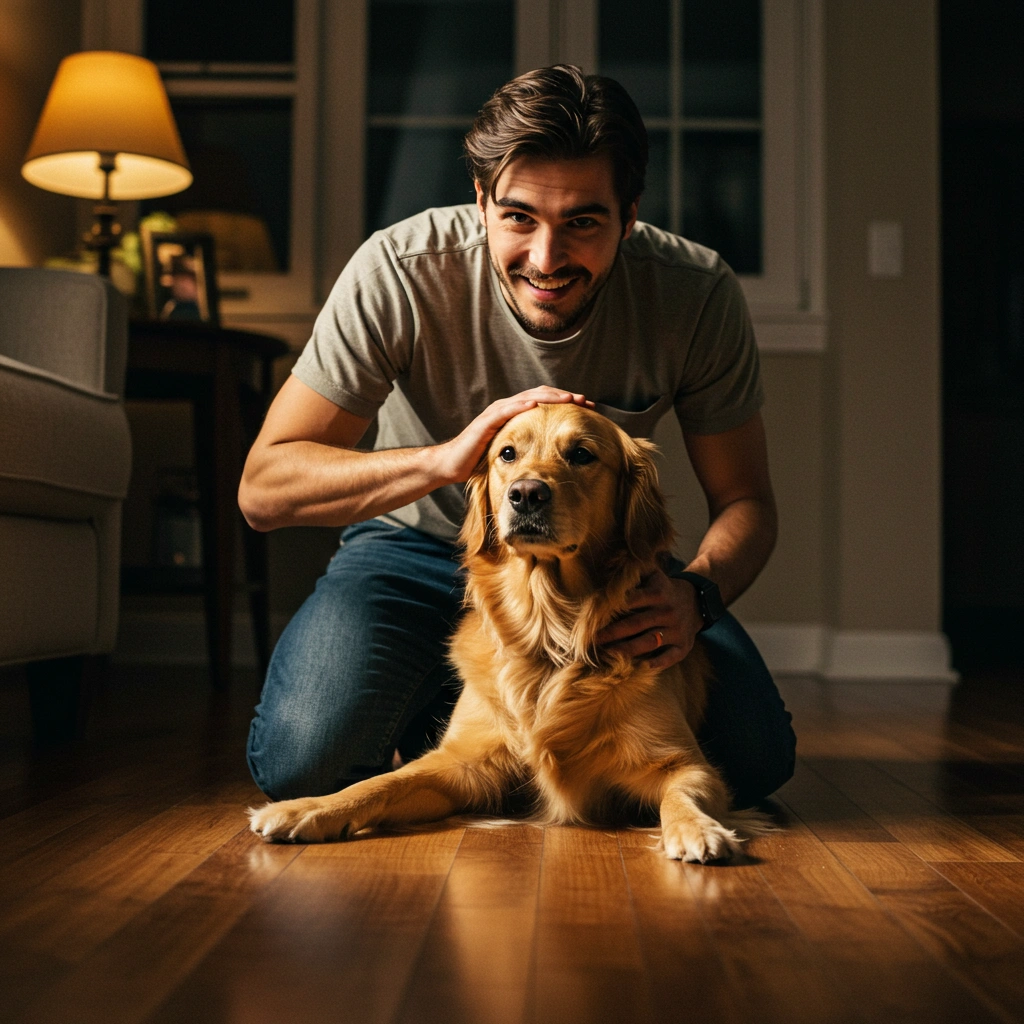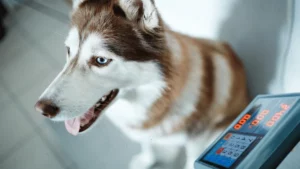How Can You Keep Your Pets Safe from Bed Bugs?
Learn effective tips to protect your pets from bed bugs, prevent infestations, and keep your home pest-free.
We love our pets since they provide us with enjoyment, company, and sometimes even some trouble. But what happens when bed bugs endanger our animal friends? These little, elusive insects can attack animals even though they are notorious for feeding on human blood.
Though it’s disturbing enough to consider bed bugs invading your house, there is even more cause for fear, given they could endanger your pets. Therefore, this article will discuss practical bed bug pest control techniques that will keep your house free from bed bugs and protect your pets at the same time.
Recognizing the Pet Risk Connected to Bed Bugs
First of all, you should understand that bed bugs are not exactly like fleas or ticks. They would much rather hide in nooks and crannies and, naturally, beds – both human and pet beds – rather than on your pets or in their fur.
Any living creature with a warm temperature is a potential target for bed bugs since they are attracted to the carbon dioxide and body heat produced by humans and animals. But unlike fleas or ticks, bed bugs neither dwell on animals nor coat their fur.
Instead, they bite before retreating to their hiding spots, which increases the difficulty of locating them.
While people are their main source of food, bed bugs will bite animals in case another food source is absent nearby. This suggests that your dogs could have bed insect bites, which would be disturbing and stressful.
Apart from physical discomfort, a bed bug infestation can cause pet anxiety – especially when the animals feel uncomfortable in their environment. Complete bed bug control depends on knowing how to protect your pets from these vermins.
Noticing Pet Bed Bug Bite
One of the first challenges in keeping your pet safe from bed bugs is determining whether they have been bit by one. Pets cannot tell us how uncomfortable or itchy they are; therefore, it is up to us to spot those signals.
Identifying the Symptoms
Pet bed bug bites may resemble flea or mosquito bites in that they are small, red, and elevated. However, as bed bugs usually attack in groups or rows, several bites in one region could indicate the presence of bed bugs.
There may be some swelling or inflammation surrounding the bites, and dogs and cats may scratch or lick the bitten regions more than normal. Pets may occasionally experience a slight allergic reaction that worsens their discomfort and itching.
Check Pet’s Sleeping Environment
The bedding of your pet might also point to a bed bug invasion. Whether it belongs to you or your pet, bed bugs are well known to hide in bedding. Therefore, regularly check your pet’s bed for signs of bed bugs, including microscopic bloodstains, shed skins or the real bugs. These little pests are plainly visible; hence, a comprehensive check is crucial.
How to Prevent Bed Bug Threat to Your Animals
Stopping an infestation before it spreads is the greatest way your pets can avoid bed bugs. Here’s how to accomplish that:
Regular Inspections
Get in the habit of routinely searching your house and pet sleeping quarters for evidence of bed bugs. This means looking over mattresses, furniture, and pet beds. Pay particular care to seams, wrinkles, and crevices since bed bugs prefer to hide in these places. Early identification of a problem makes solving it simpler.
Vacuuming and Sanitising
Regular vacuuming might help reduce the likelihood of bed bugs. Frequent cleaning of your floors, furniture, and pet bedding will help to prevent bed bugs from escaping. Then, promptly throw away the vacuum bag or empty the canister.
Regularly washing your pet’s bedding in hot water will also aid in the elimination of any potential bed bugs or eggs. Dry the bedding at the highest heat level in the dryer.
Separating Pet Bed Components
If you believe there might be a bed insect issue, you might consider segregating the bed of your pet from the rest of the house. Placing the bed on a hard surface like a tile or hardwood floor is best. Keep it away from walls and other furniture.
You might also consider covering your pet’s bed with bed insect protection covers – the sort used on human mattresses. These coverings trap bed bugs inside, thereby preventing them from getting to your pet.
Minimising Invasions
Be careful when choosing where to stay while on holiday with your pet. Well-known hitch-hikers, bed bugs are found in kennels, hotels, and other places where many people and animals pass through. Give any new sleeping quarters careful scrutiny before allowing your pet to settle in. Keep your pet’s blankets and other items off any locations where bed bugs might be lurking as well.
Action to Take Should Bed Bugs Enter Your Pet’s Bed
Bed bugs could find their way into your residence despite your best efforts. Should you discover an infestation, you must take urgent measures to protect your house and pets.
Handling the Environment
Taking care of the environment is the first step. Typically, this entails a mix of do-it-yourself techniques like vacuuming, cleaning bedding, and applying bed bug sprays with expert bed bug heat treatment services. Given how resilient bed bugs can be, professional bed bug treatments are frequently required to guarantee that the infestation is totally removed.
Handling Your Pet
While bed bugs can not live on animals, it is nevertheless imperative to treat any bites your pet might have had. Light shampoo baths will assist in relaxing pets’ skin and eliminate any last bed bugs. If your pet seems to be in tremendous pain or is scratching too much, you could have to contact the veterinarian. Your veterinarian can write prescriptions if the bites cause any allergic responses or skin irritability.
Preventing Re-Infestation
It is crucial to prevent re-infestation after treatment. You should continue with regular cleaning and inspections. You may also want to use bed bug interceptors -they catch bed bugs before they bite, allowing you to eliminate them before they become a problem again.
The Value of Professional Pest Management
Although you may take several steps to keep your pets safe from bed bugs, occasionally, professional help is needed.
Eliminating bed bugs can be rather difficult without professional help, particularly in situations of severe infestations. Professional pest control services may offer safe treatments for both people and pets so that your house is free of vermins without compromising your animal companions.
Choose a reputable pest management service. Learn about their tools and materials, as well as whether they offer pet-friendly options. Many pest control companies these days use integrated pest management (IPM) techniques, which stress non-toxic treatments and prevention above chemical use.
Conclusion
Bed bugs are more than just a nuisance since they can affect every member of your household, even your pets, thus compromising their health.
By being vigilant and proactive, you may significantly reduce the likelihood that bed bugs will enter your home and harm your animals. Bed bug control depends critically on efficient management of your pet’s environment, complete cleaning, and regular examinations.
Should an infestation develop, don’t hesitate to seek professional bed bug control to ensure that your house and your animals are safe and comfortable. With the right approach, you may have a house free of pests and guard your pets against bugs.
